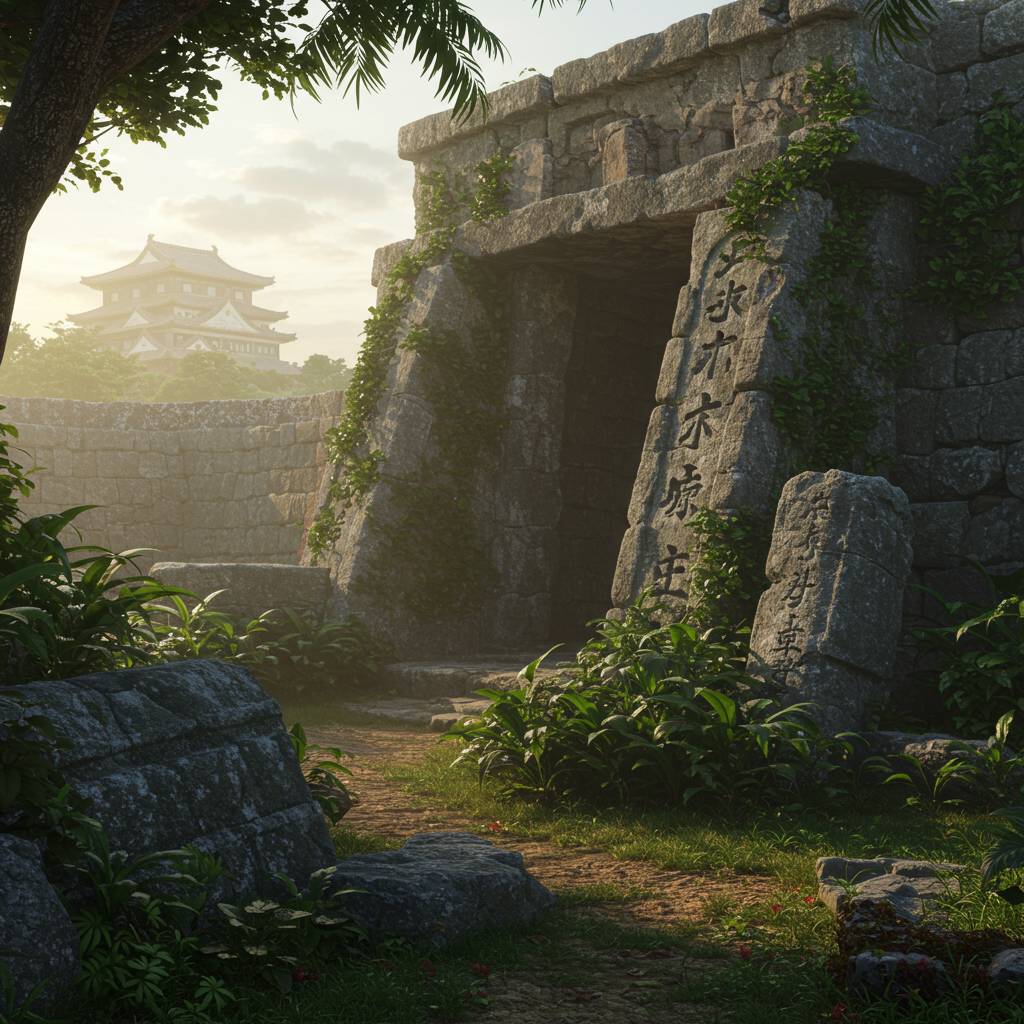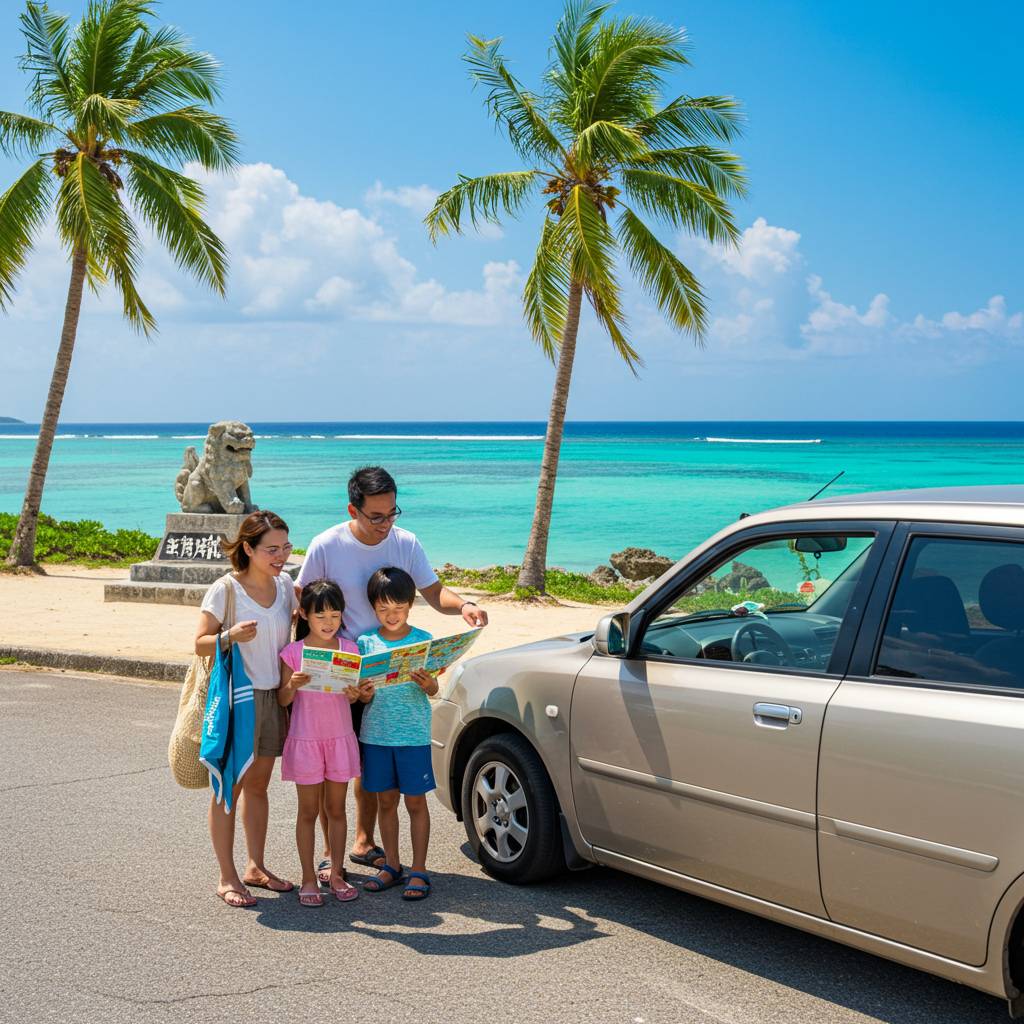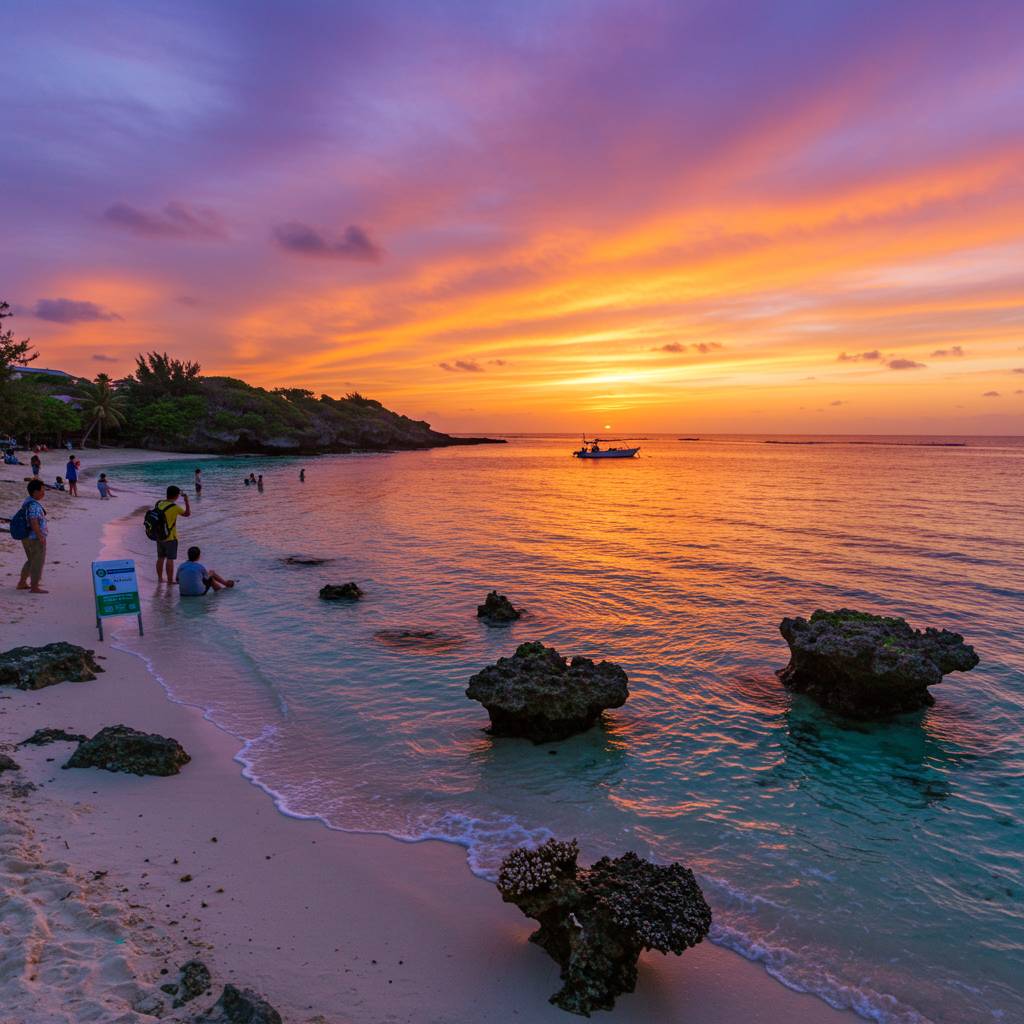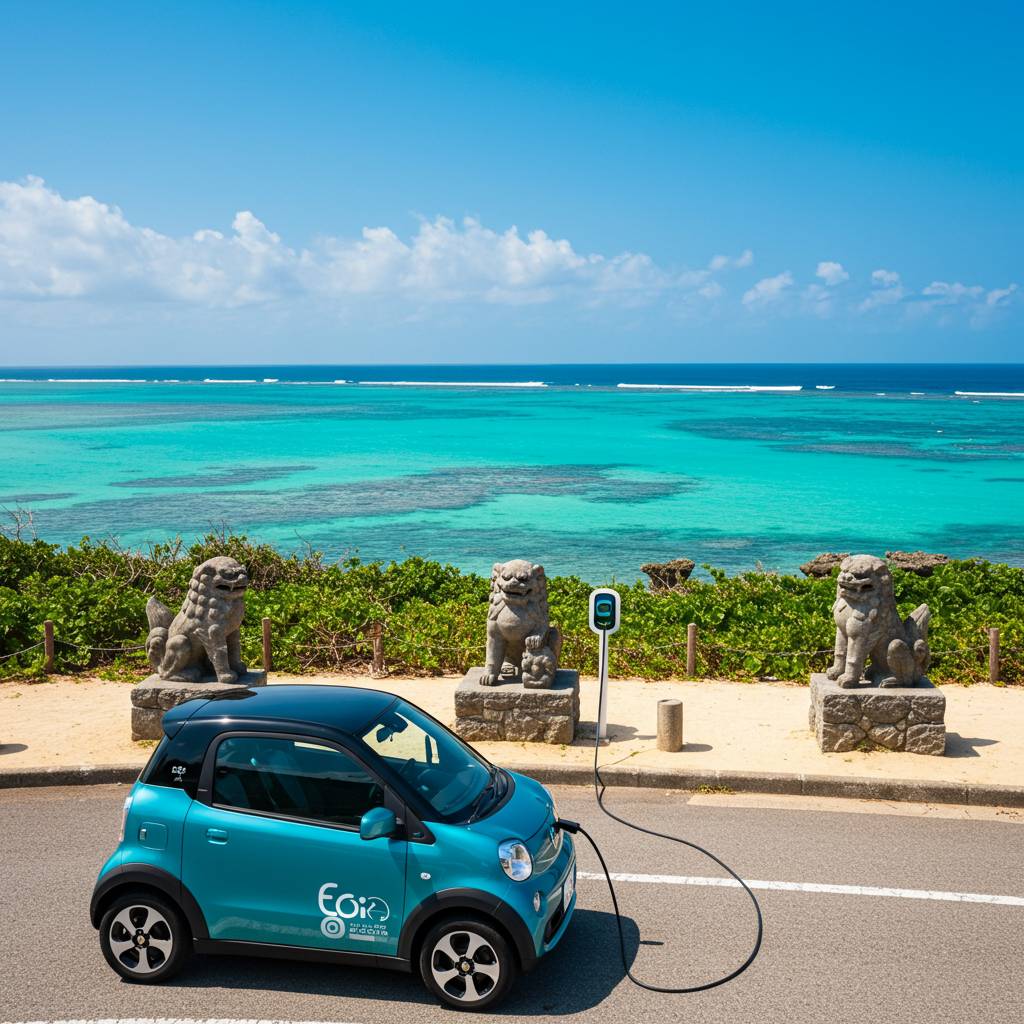Are you searching for the perfect backdrop to ask the most important question of your life? Look no further than the enchanting shores of Okinawa, Japan’s tropical paradise. With its crystal-clear azure waters, powdery white sands, and spectacular sunset vistas, Okinawa has emerged as the ultimate destination for romantic proposals that create lifelong memories.
In recent years, Okinawa’s picturesque beaches have captured the hearts of couples worldwide, including celebrities who choose these intimate shores for their special moments. The unique combination of natural beauty, privacy, and the magical golden hour lighting makes these beaches the ideal setting for beginning your forever journey together.
This comprehensive guide will reveal Okinawa’s five most breathtaking beaches for sunset proposals, complete with insider tips that even locals carefully guard. Whether you’re planning months ahead or seeking a spontaneous romantic gesture, these pristine locations offer the perfect blend of romance, beauty, and authenticity for your proposal story.
Join me as we explore these magnificent proposal destinations and discover how to create, plan, and capture a picture-perfect moment that will leave your partner speechless and your social media followers enchanted.
1. Why Okinawa’s Beaches Are Becoming the #1 Proposal Destination for Celebrities
Okinawa’s pristine beaches have quietly become the ultimate proposal destination for celebrities seeking both privacy and breathtaking natural beauty. The island’s unique combination of powdery white sand, crystal-clear turquoise waters, and spectacular sunsets creates an undeniably romantic atmosphere that’s difficult to match anywhere else in Asia. International stars from Hollywood to K-pop idols have been spotted capturing their special moments against Okinawa’s stunning coastal backdrops.
What makes these beaches particularly appealing is the respectful distance maintained by locals. Unlike more commercialized destinations, Okinawa offers celebrities a rare chance to experience genuinely intimate moments without intrusion. Several high-profile engagements have occurred at secluded spots along Okinawa’s coastline, with many couples praising the natural lighting during golden hour that creates the perfect ambiance for that life-changing question.
Luxury resorts like The Ritz-Carlton Okinawa and Halekulani Okinawa have developed specialized proposal packages that include private beach access, professional photographers who understand discretion, and even traditional Ryukyu-inspired ceremonial elements that add cultural significance to these special moments. The combination of world-class hospitality and natural splendor has cemented Okinawa’s reputation among the global elite as the premier destination for milestone romantic gestures.
2. The Complete Guide to Planning a Perfect Beach Proposal in Okinawa (With Secret Spots Locals Don’t Share)
Planning the perfect beach proposal in Okinawa requires thoughtful preparation to create that magical moment against the backdrop of turquoise waters and golden sunsets. While tourists flock to well-known beaches, true romance awaits at hidden gems known primarily to locals.
For an intimate proposal experience, timing is everything. Visit during weekdays or the shoulder seasons (late May-June or September-October) when beaches are less crowded. Sunset occurs between 6:30-7:30pm depending on the season, so plan to arrive at least 90 minutes before to secure your spot and set up any special arrangements.
Emerald Beach on Minna Island offers seclusion and pristine conditions. Accessible only by ferry, this beach sees fewer visitors, especially during the last ferry departure. The northwestern cove features a natural rock formation creating a heart-shaped shadow during sunset—a detail most travel guides miss.
For dramatic scenery, the hidden coves near Cape Hedo provide breathtaking backdrops with their volcanic rock formations. Local photographers favor the small beach beneath the cape’s western side, accessible via a narrow path that begins 200 meters from the main lookout point.
Practical considerations matter as much as location. Many jewelry stores in Naha, like Okinawa Gem Factory, offer protective waterproof ring boxes specifically designed for beach proposals. Consider hiring a local assistant through services like Okinawa Concierge to help with setup and photography without intruding on your moment.
For those seeking traditional blessings, arrange a brief ceremony with a local elder through cultural centers in Naha. Many couples incorporate Okinawan traditions by exchanging handcrafted Shisa figurines alongside the ring—symbolizing protection for your future together.
Weather contingency plans are essential. The covered gazebos at Busena Marine Park provide shelter while maintaining ocean views if sudden rain appears. Most luxury hotels like The Ritz-Carlton Okinawa or Hyakuna Garan offer last-minute indoor proposal alternatives with ocean views for guests.
After the proposal, celebrate with a private dinner on the beach. Restaurants like Poseidon in Onna or Beach House Nirai in Yomitan can arrange secluded beachfront tables with advance notice, featuring local specialties like Ishigaki beef and awamori toast rituals.
Remember that the most meaningful proposals incorporate elements personal to your relationship. Consider working with local artisans to create custom elements that blend Okinawan traditions with your unique story—perhaps a sand ceremony using distinctive star-shaped sands from Iriomote Island.
3. How to Capture the Magic: Photography Tips for Sunset Proposals on Okinawa’s Breathtaking Beaches
Capturing the perfect moment when you propose on an Okinawan beach requires preparation and understanding of photography basics. The golden hour light that bathes Okinawa’s shorelines creates an unmatched romantic atmosphere, but it also presents unique photography challenges.
First, timing is everything. Arrive at your chosen beach at least 45 minutes before actual sunset. This gives you ample time to scout the perfect spot and adjust your camera settings. The optimal lighting occurs about 20-30 minutes before the sun dips below the horizon.
For smartphone photographers, enable HDR mode to balance the bright sky with darker foreground elements. Position yourselves so the setting sun creates a beautiful backlight effect. The Portrait mode on newer smartphones works wonderfully for creating that professional-looking depth of field.
If using a DSLR or mirrorless camera, shoot in RAW format to maximize editing flexibility later. A wide aperture (f/2.8 or lower) helps create that dreamy background blur while keeping the couple in focus. Consider these recommended settings: ISO 100-400, aperture f/2.8-4, and shutter speed at least 1/125 to avoid motion blur.
Hiring a professional photographer is worth considering. Many local Okinawan photographers specialize in proposal photography and know exactly how to remain discreet until the big moment. Professionals like Akira Photography or Okinawa Proposal Photography offer packages specifically designed for beach proposals.
For those preferring to handle photography themselves, consider setting up a tripod with a remote trigger or using a GoPro on time-lapse mode. This allows you to capture the entire sequence without needing someone else present.
Remember that backlit photos against the setting sun often require fill flash or a reflector to illuminate your faces properly. Without this, you might end up with beautiful silhouettes but no facial expressions.
Position yourselves at a 45-degree angle to the sun rather than directly facing or backing it for the most flattering light. The golden glow of sunset will highlight your features naturally while minimizing harsh shadows.
Lastly, don’t forget to capture the beach environment that makes Okinawa special. The unique rock formations at Kouri Beach or the endless horizon at Emerald Beach provide contextual elements that will make your proposal photos distinctly Okinawan and absolutely unforgettable.
For rental car reservations in Okinawa, visit “RENT A CAR HIROBA”
Make the best memories of your trip at the rental car plaza!
Click here to reserve a rental car ↓
・Cheap rental cars in Okinawa are at the lowest price starting from 1,500 yen. Rent-a-car Hiroba is recommended for reservations and comparisons.
https://rentacar-hiroba.com/










